Learn about our comprehensive antibody validation methods to ensure monospecificity. Antibody Validation>>
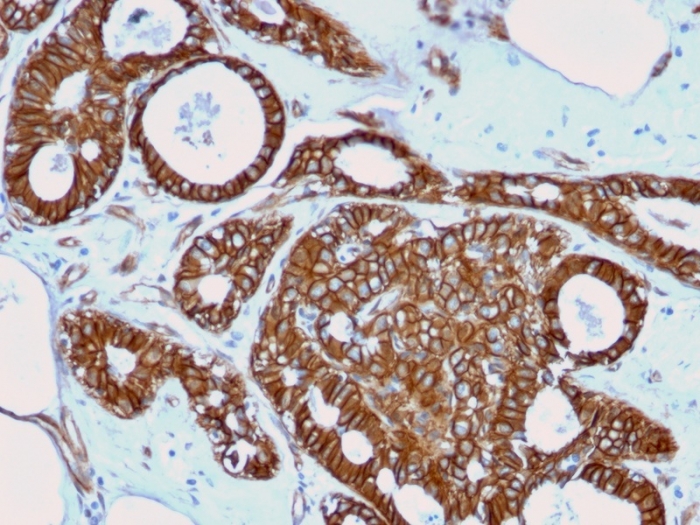
Formalin-fixed, paraffin-embedded human Breast Cancer stained with Beta-Catenin Mouse Recombinant Monoclonal Ab (rCTNNB1/2173).
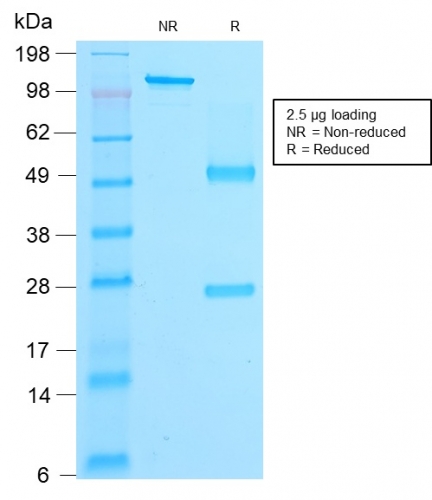
SDS-PAGE Analysis Purified Beta-Catenin Mouse Recombinant Monoclonal Ab (rCTNNB1/2173). Confirmation of Purity and Integrity of Antibody.
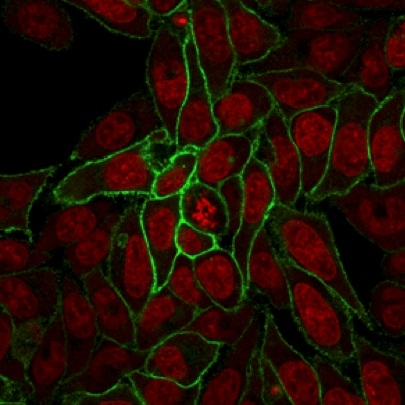
Confocal Immunofluorescence image of HeLa cells using Beta-Catenin Mouse Recombinant Monoclonal Ab (rCTNNB1/2173). Green (CF488) and Reddot is used to label the nuclei.
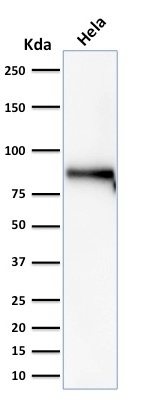
Western Blot Analysis of HeLa cell lysate using Beta-Catenin Mouse Recombinant Monoclonal Ab (rCTNNB1/2173
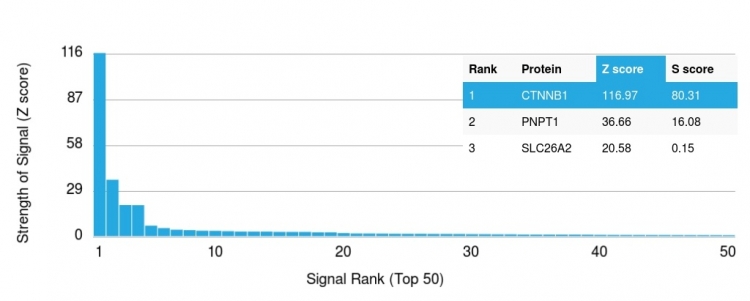
Analysis of Protein Array containing >19,000 full-length human proteins using Beta-Catenin Mouse Recombinant Monoclonal Antibody (rCTNNB1/2173) Z- and S- Score: The Z-score represents the strength of a signal that a monoclonal antibody (MAb) (in combination with a fluorescently-tagged anti-IgG secondary antibody) produces when binding to a particular protein on the HuProtTM array. Z-scores are described in units of standard deviations (SDs) above the mean value of all signals generated on that array. If targets on HuProtTM are arranged in descending order of the Z-score, the S-score is the difference (also in units of SDs) between the Z-score. S-score therefore represents the relative target specificity of a MAb to its intended target. A MAb is considered to specific to its intended target, if the MAb has an S-score of at least 2.5. For example, if a MAb binds to protein X with a Z-score of 43 and to protein Y with a Z-score of 14, then the S-score for the binding of that MAb to protein X is equal to 29.
Beta-catenin associates with the cytoplasmic portion of E-cadherin, which is necessary for the function of E-cadherin as an adhesion molecule. In normal tissues, beta-catenin is localized to the membrane of epithelial cells, consistent with its role in the cell adhesion complex.
There are no reviews yet.